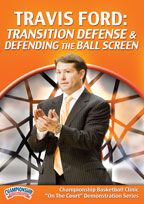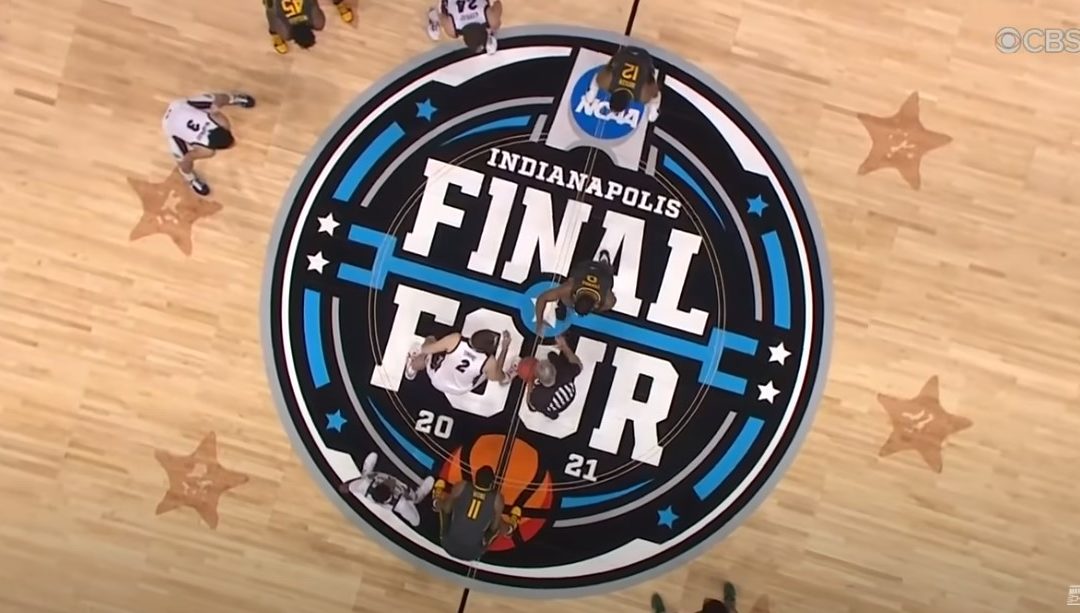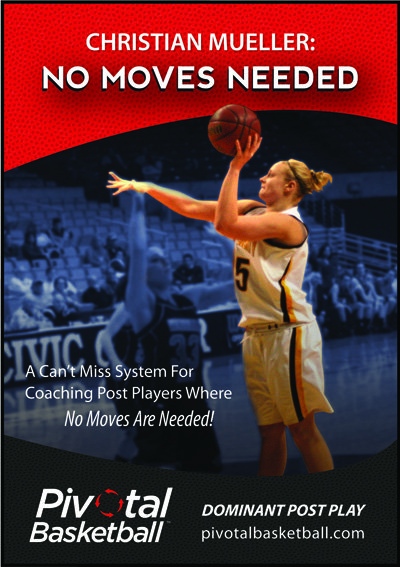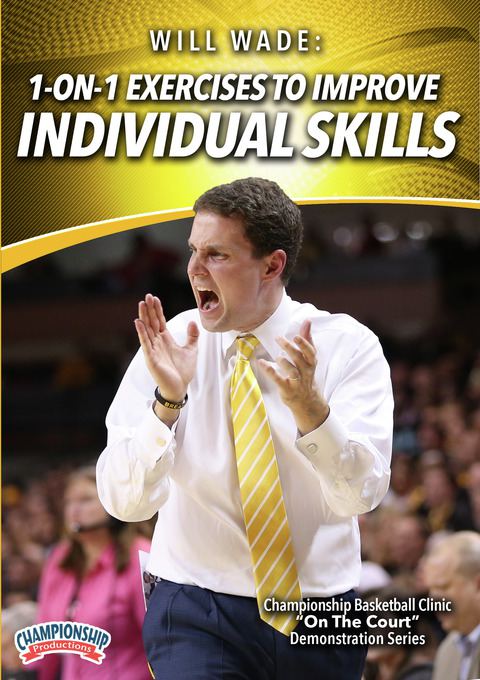Travis Ford: Transition Defense & Defending the Ball Screen

Travis Ford: Transition Defense & Defending the Ball Screen – Basketball — Championship Productions, Inc.
- Learn a new transition defense based on roles, rather than positions
- Learn how to slow down a team with an exceptional transition point guard
- Get breakdown drills for teaching important aspects of transition defense
- Learn two ways to effectively shut down a team’s ball screen offense
with Travis Ford, Oklahoma State University Head Coach;
Oklahoma State University Head Coach Travis Ford discusses two critical concepts for developing a tough defense: transition and defending ball screens. Coach Ford shows you how to manage your transition defense using the same drills he uses daily in practice. Adding to an already shut-down defense, Coach Ford demonstrates two techniques to defend on-ball screens: the hard hedge and icing.
Transition Defense
Developing a strong transition defense is key to a team’s overall success. A common problem with transition defense after a missed shot is that players either stick to their positional counterpart or they run back to defend an area. In his transition defense, Coach Travis Ford assigns players three different roles (stopper, protector, sprinter) to ensure that the primary ball handler is unable to establish his/her game, that position mismatches are used to your advantage and that everybody sprints back to stop any basket, not just his/her own player’s.
Using a system of labels, Coach Travis Ford explains each player’s role within their transition defense. He assigns one of three specific roles to each player:
Stoppers: your best full court on-ball defender
Protectors: a slower player who is least likely to get an offensive rebound
Sprinters: three players who always crash the boards, then hustle back to stop specific shots
Coach Travis Ford outlines what to do if the ball is advanced ahead up the wing or if one of the primary ball handlers brings the ball up court. He explains how to create an advantage out of your transition defense using cross matchups.
Coach Ford demonstrates several breakdown drills to help players better grasp the concepts and skills they need to get back on defense. Each full-court drill creates an attacking, aggressive way to corral ball handlers as they bring the ball up the middle and down the sideline.
Ball Screen Defense
The presentation also includes two strategies for defending the ball screen. With a hard hedge, Coach Travis Ford cream and yell. The defenders attempt to slow down the ball handler and make him change directions and go toward half court. He also assigns specific duties to the three players who are not directly involved. No on-ball defense is good without an off-ball defense in place. Coach Ford explains the responsibility and positioning of all off-ball defenders to protect the paint from easy drives to the lane.
With an icing mentality, players are taught to force the ball handler baseline and be ready to corral away from the basket, and in some cases trap the primary ball handlers-a great technique to utilize when facing an effective point guard. Coach Travis Ford shows how to position guards for an effective trap out of the ball screen and where to include your off-ball defenders to prevent easy buckets.
Coach Travis Ford’s transition defense eliminates confusion and excuses. With his assigned roles and responsibilities, you’ll significantly minimize easy transition baskets. Take these defensive transition and ball screen tips into your season and wreak havoc on your opponents early and often.
Produced at the Spring 2014 Las Vegas clinic.
67 minutes. 2015.




0 Comments